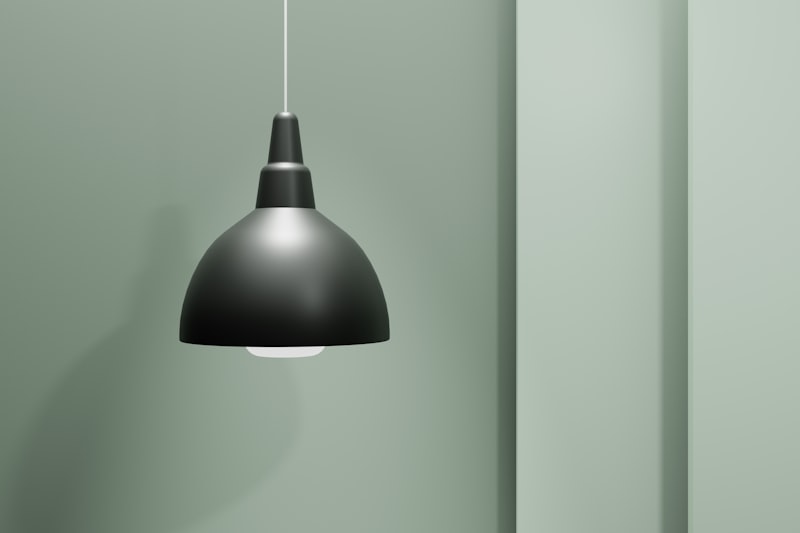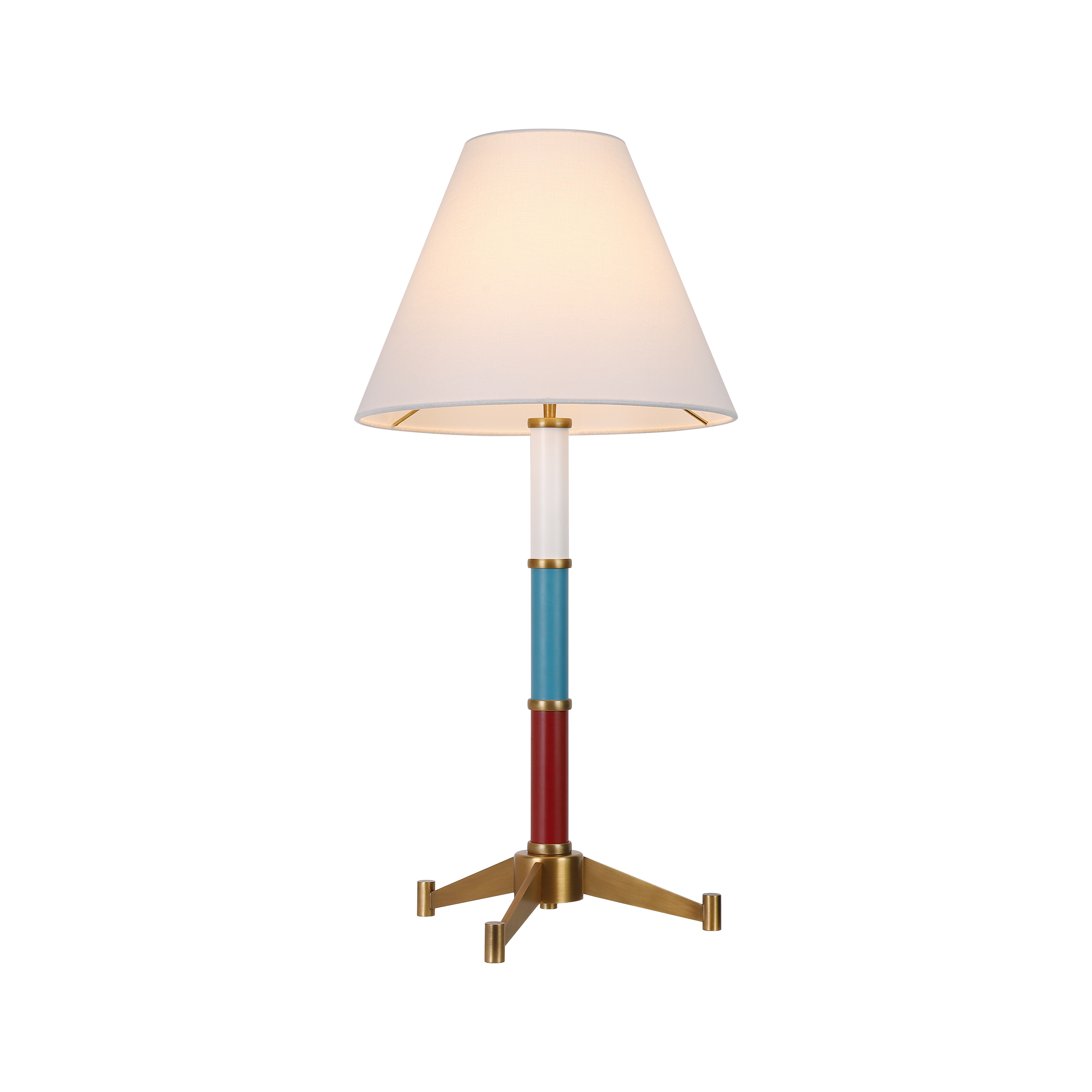Exploring Versatile Lighting Options for Workshops: A Comprehensive Guide
Exploring Versatile Lighting Options for Workshops: A Comprehensive Guide
When it comes to setting up an efficient and productive workshop, one of the most critical yet often overlooked aspects is lighting. Versatile lighting options for workshops can greatly enhance visibility, safety, and overall work quality. In this article, we will explore various types of lighting solutions that are ideal for different workshop needs, discuss their benefits, and provide tips for optimal placement and usage. If you’re a DIY enthusiast, a professional tradesperson, or someone who simply loves to tinker, this guide will help you transform your workspace.
Why Lighting Matters in a Workshop
Proper lighting is essential in any workshop environment for several reasons:
- Safety: Adequate lighting helps prevent accidents by ensuring tasks can be performed safely.
- Productivity: Good lighting reduces eye strain and fatigue, increasing overall productivity.
- Precision: Detailed projects require high visibility to ensure accuracy in measurements and cuts.
Types of Versatile Lighting Options for Workshops
Let's delve into the various types of lighting that can be effectively utilized in workshops:
1. Overhead Lighting
Overhead lighting is the foundation of any workshop lighting plan. These lights can be mounted on ceilings and provide broad illumination across the entire workspace. Common options include:
- LED Panel Lights: These lights provide even, bright light and are energy-efficient.
- Fluorescent Lights: While less energy-efficient than LEDs, they are still a popular choice for many workshop setups.
| Type of Overhead Light | Advantages |
| LED Panel Lights | Energy-efficient, long-lasting, even light distribution |
| Fluorescent Lights | Inexpensive, good for general lighting |
2. Task Lighting
Task lighting is crucial for specific activities that require focused illumination. Examples include:
- desk lamps: Adjustable desk lamps can be positioned precisely where light is needed most.
- Under-cabinet lights: Installing these lights under shelving units can illuminate workbenches effectively.
3. Accent Lighting
Accent lighting is often used to highlight specific areas or tools in your workshop. It's not essential but can enhance visibility in certain situations. Consider:
- Spotlights: Great for spotlighting tools or areas that require special attention.
- RGB LED Strips: Useful for enhancing the ambiance and offering a creative touch to your workshop.

Choosing the Right Lighting for Your Needs
When selecting lighting for your workshop, consider the following factors:
- Workshop Size: Larger workshops may require multiple light sources to ensure adequate illumination.
- Types of Projects: If you work on intricate tasks, prioritize task lighting to improve your detail work.
- Energy Efficiency: Opt for LED options where possible to reduce energy consumption and costs.
Installation Tips for Workshop Lighting
Once you’ve selected your lighting options, proper installation is key. Here are some tips:
- Height Matters: Position overhead lights at an appropriate height to prevent shadows on your workspace.
- Layer It Up: Combine different lighting types (overhead, task, accent) for a well-rounded setup.
- Adjustable Fixtures: Use adjustable fixtures where necessary to allow flexibility in your lighting setup.
Maintaining Your Lighting System
To ensure the longevity and effectiveness of your workshop lighting:
- Regular Cleaning: Dust and clean light fixtures regularly to maintain brightness.
- Check for Burnouts: Replace any burnt-out bulbs immediately to avoid dark areas.
- Reevaluate Needs: As your workshop changes, so might your lighting needs; reassess periodically for optimal performance.
Conclusion: Optimizing Your Workshop Environment
In conclusion, versatile lighting options for workshops not only enhance productivity but also ensure safety and precision in your work. By evaluating the size and needs of your workshop, selecting appropriate lighting types, and properly installing and maintaining your lights, you can create an optimal working environment. Remember to consider energy efficiency and stay updated with newer lighting technologies that can further enhance your workspace. Whether you’re woodworking, metalworking, or working on electronics, the right lighting is essential. Start experimenting with different lighting solutions today to find what works best for you!
